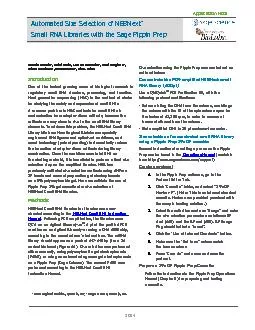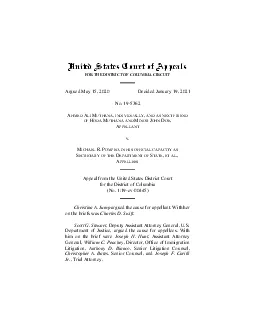PPT-Hoda Naghibijouybari ,
Author : altigan | Published Date : 2020-11-06
Ajaya Neupane Zhiyun Qian and Nael Abu Ghazaleh University of California Riverside Rendered Insecure GPU Side Channel Attacks are Practical 1 G raphics P
Presentation Embed Code
Download Presentation
Download Presentation The PPT/PDF document "Hoda Naghibijouybari ," is the property of its rightful owner. Permission is granted to download and print the materials on this website for personal, non-commercial use only, and to display it on your personal computer provided you do not modify the materials and that you retain all copyright notices contained in the materials. By downloading content from our website, you accept the terms of this agreement.
Hoda Naghibijouybari ,: Transcript
Download Rules Of Document
"Hoda Naghibijouybari ,"The content belongs to its owner. You may download and print it for personal use, without modification, and keep all copyright notices. By downloading, you agree to these terms.
Related Documents










